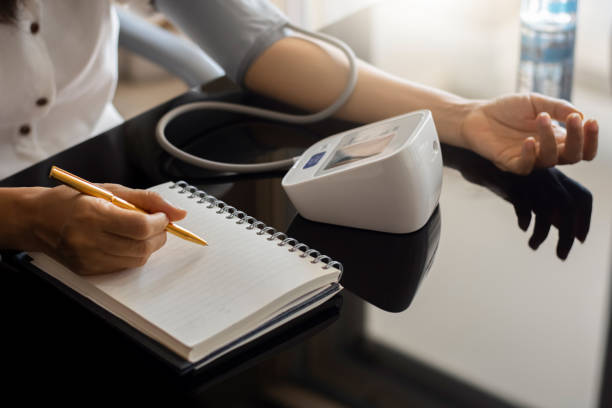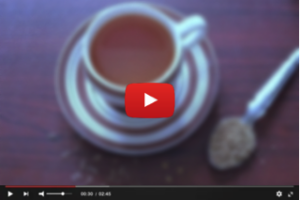The #1 Rated Blood Sugar Formula
How to Keep a Blood Pressure Log

At the beginning, measure your blood pressure at least twice daily. Take it first in the morning before eating or taking any medications. Take it again in the evening. Each time you measure, take two or three readings to make sure your results are the same.
If you have high blood pressure, keeping a running log of blood pressure readings can help improve the quality of your treatment and highlight any special circumstances that may require additional intervention.1 Sometimes your healthcare provider will ask you to keep a blood pressure log to monitor how your pressures tend to vary during different times of the day or to see if your blood pressure shows any extreme spikes.
Keeping a blood pressure log is not difficult and only takes three to five minutes per day. Measuring blood pressure will require a special device, and you may need to get training to learn how to use it properly. Your healthcare provider can help you with this training.
Keeping a Blood Pressure Log
Use a quality blood pressure monitor The many different types and brands of blood pressure monitors on the market today vary in price. It's important to select one that provides a reliable and accurate reading. Blood pressure monitors may be digital or manual. A digital blood pressure monitor can be easier to use and offers less opportunity for error. Your healthcare provider can help you choose a reliable device. Use standard measurement times Because your blood pressure fluctuates during the day, keeping a blood pressure log will give the most accurate results if you always measure your blood pressure at the same time. A morning, afternoon, and evening time are easy choices. The morning reading should be taken right after you wake up, and before you take any medicines, drink coffee or eat breakfast.2 Keep a standardized record sheet The actual log in which you record your blood pressure should be a standardized record that includes space for the date, time, blood pressure reading, and notes. You should use the notes section to record information about any special circumstances that may be affecting your blood pressure during that reading. For example, if you took medicines before recording the reading. Any symptoms you may be experiencing at the time of the measurement should also be recorded in the notes section. You can download and print a standardized blood pressure log if you need one.Take readings in a quiet place
The American Heart Association guidelines recommend sitting quietly with both feet flat on the floor for 5 minutes before taking a blood pressure reading. Noise, distractions, and extremes in temperature can affect your blood pressure, as well as the accuracy of the reading.2 Taking the actual measurement is very simple once you've learned to use your blood pressure monitor, and it usually only takes 30 to 45 seconds. You simply attach a blood pressure cuff to your arm, press a button on the machine, and wait for the result to be displayed.
The American Heart Association guidelines recommend arm cuffs as more accurate than wrist cuffs for monitoring blood pressure.
Tips
- Make sure you know how to use your blood pressure monitor. Ask your healthcare provider for help if you are unsure. Proper training is essential to getting accurate readings.
- Make sure the cuff that goes on your arm is the proper size. It shouldn't be too loose or too tight. Your healthcare provider may measure your arm and tell you what size cuff is appropriate.
- Don't try to interpret the blood pressure log yourself. Occasional strange readings, both high and low, are normal for everyone.
- Home blood pressure monitoring can be helpful, but it is not a substitute for professional measurements. You need to have your blood pressure checked regularly by a trained medical professional.







